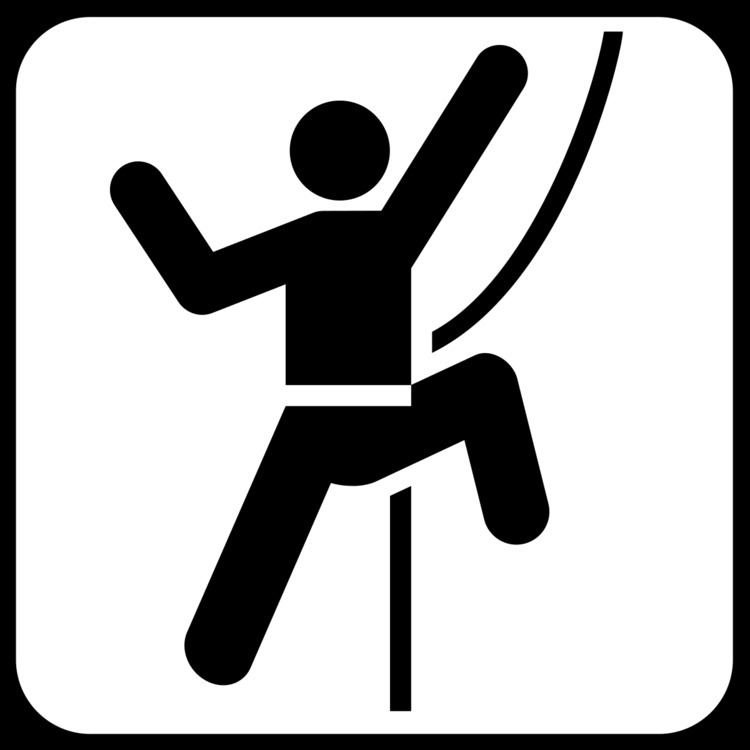Although the practice of rock climbing was an important component of Victorian mountaineering in the Alps, it is generally thought that the sport of rock climbing began in the last quarter of the 19th century in at least three areas: Elbe Sandstone Mountains in Saxony near Dresden, the Lake District of England, and the Dolomites in Italy. Rock climbing evolved gradually from an alpine necessity to an athletic sport in its own right, making it imprudent to cite a primogenitor of the latter in each of these three locales. Nevertheless, there is some general agreement on the following:
Heralded as a sport in England in the late 1880s after the (well publicised) solo first ascent of the Napes Needle by Walter Parry Haskett Smith, rock climbing attracted increasing numbers of participants. An early benchmark approaching modern levels of difficulty was the ascent, by O. G. Jones, of Kern Knotts Crack (VS) in 1897. Jones was attracted to the new sport by a photo of the Needle in a shop window in the early 1890s. By the end of the Victorian era as many as 60 enthusiasts at a time would gather at the Wastwater Hotel in the Lake District during vacation periods.Inspired by the efforts of late 19th century pioneers such as Oskar Schuster (Falkenstein, Schusterweg 1892), by 1903 there were approximately 500 climbers active in the Elbe Sandstone region, including the well-known team of Rudolf Fehrmann and the American, Oliver Perry-Smith; their 1906 ascent of Teufelsturm (at VIIb) set new standards of difficulty. By the 1930s there were over 200 small climbing clubs represented in the area.The solo first ascent of Die Vajolettürme in 1887 by the 17-year-old Munich high school student, Georg Winkler, encouraged the acceptance and development of the sport in the Dolomites.As rock climbing matured, a variety of grading systems were created in order to more accurately compare relative difficulties of climbs. Over the years both climbing techniques and the equipment climbers use to advance the sport have evolved in a steady fashion.

